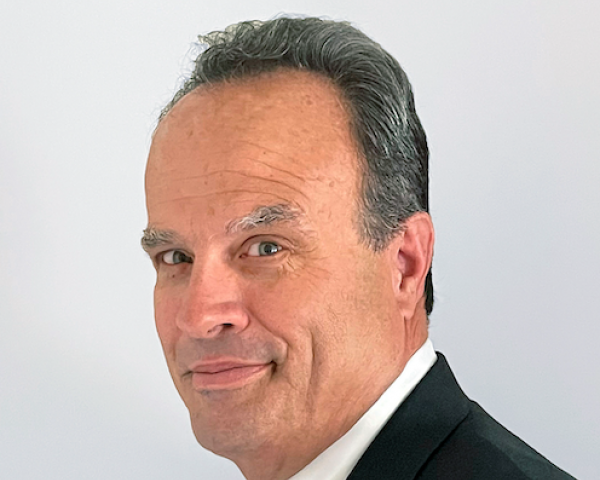Global insurer AIG has become the latest large insurance organization to spin off part of its company, announcing in late March a rebranding of its life and retirement business as Corebridge Financial. With a valuation of more than $20 billion and $410 billion in assets under management, Corebridge is the largest company to publicly file for an IPO this year in the U.S. This split echoes past divestitures, particularly MetLife’s spinoff and rebranding of Brighthouse Financial several years ago, and signals a trend in the insurance industry of larger organizations breaking into smaller companies, in part to simplify compliance and capital requirements and in part to keep pace with insurtechs.
From a technology perspective, these spinoffs will likely be perceived as positive by life and annuities teams, as they simplify governance structure and technology investment decisions by segments facing vastly different compliance issues and competitive forces. While process improvements and innovations that result from these spinoffs are certain to provide opportunities for the life and retirement business that would be impossible in the larger organization, they do not come without a host of technology challenges and considerations.
Scope Management
Large company spinoffs undoubtedly trigger a series of major enterprise architecture projects, if only to understand the nature of the entanglement of systems. Managing all the architecture projects and software procurement initiatives that will likely ensue becomes a key challenge. Some of these projects will result in simply segmenting systems, but some legacy systems and technologies will need to be replaced for the new entity. Careful scope management of these projects and software procurement initiatives will be required, as stakeholders will view it as a catch-all opportunity to fix all accumulated frustrations with incumbent systems. Focus and prioritization will be critical.
Untangling Segmentation
Segmentation of previously aggregated reporting lines and determining where technical “debt” will reside in the segmented entities becomes a key challenge in spinoffs from large, established companies. Disentangling and segmenting the reporting across all the internal systems from a large, well-established carrier will likely take years. The upside is that each entity can better focus on and optimize the technology for their respective lines of business.
Operational Specialization
With a key goal of a spinoff being to keep pace with insurtechs, the importance of operational specialization and industry-specific technology excellence is paramount. AIG’s partnership with investment management company BlackRock to manage a portion of the life and retirement assets as well as to provide the world-class Aladdin investment platform is a prime example. As companies look to divest portions of their business, choosing partners that are equipped with both the technology solutions and the industry expertise becomes a key differentiator.
See also: Despite COVID, Tech Investment Continues
Combining the Best of Old and New
While the ability to be nimble and employ cutting-edge, industry-specific technology is certainly a major benefit of a spinoff such as Corebridge Financial, the importance of the stability and established distribution systems of its traditional parent carrier cannot be overlooked. Although customers have grown accustomed to conducting more transactions online during the pandemic, U.S. consumers continue to favor purchasing life insurance in person through an agent.
Conclusion
Perhaps the most important take-away is that traditional players are far from being pushed aside by big tech or insurtechs and will continue to see strong growth, particularly through key divestitures and strategic technology partnerships. These spinoffs demonstrate a continued focus on life insurance assets in the U.S. and the viability of life insurance assets as attractive, long-term investments. Mindful consideration of technology challenges and implications associated with insurance line divestitures will go a long way toward reaping the benefits of process improvements, innovations and growth opportunities.






